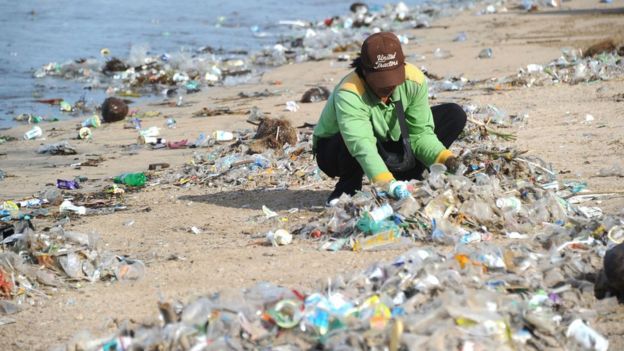Hello everyone!
Welcome to a new section of our blog – our first foray into the different types of pollution in the context of tourism brings us to aquatic pollution. In this post, we’ll be covering the basics of aquatic pollution before going into further detail in the upcoming posts.
What is aquatic pollution?
It is first best to define the realms in which aquatic pollution covers, as the word ‘aqua’ – simply meaning water – is extremely broad. For the record, aquatic pollution covers three main types of water pollution: firstly, freshwater, which includes water bodies like rivers, lakes and ponds; secondly, brackish water, which consists of estuarine and coastal waters; and finally the familiar field of marine waters, which essentially refers to the sea. As such, in our discussion of aquatic pollution, we will be touching on the pollution in these types of water bodies.
Below, we’ll be explaining the pollutant of microplastics and the way in which they result in pollution of water bodies in the context of tourism.
(Micro)Plastics

The ugly side of Kuta Beach (BBC, 2018)
The sight of rubbish strewn around beaches (and therefore coastal waters) from mindless discarding by tourists is, admittedly, a rather common sight at popular tourist beaches, with beaches like Kuta beach – pictured above – a famous example. While the rubbish ironically becomes a cosmetic eyesore to the tourists themselves, the effects of such rubbish (which are mostly plastic in nature) are much more far-reaching due to the chemical and biological effects it has on both animals and people.
To explain the science behind the pollution simply, as plastics are left out in the open to degrade upon disposal, several notable processes occur. At its very core, plastics are chemically harmful due to their directly toxic nature as well as additives like heavy metals and chemicals like polychlorinated biphenyls (PCBs) during manufacture; degradation from factors such as UV rays and wave action can result in the release of these contaminants into coastal waters. On top of this, plastics can also act as vectors for pathogenic micro-organisms and heavy metals to enter water bodies in which these substances attach themselves onto the plastics.
More than that, however, plastics also mechanically break down into what is known as microplastics, a smaller form of plastics that can be ingested unknowingly by animals – resulting in poisoning from the inside out as the chemicals from the plastics, together with contaminants attached to it, stay in their bodies and bioaccumulate (Rochman et al., 2013). Should we humans end up eating these poisoned animals, the toxicity of the plastics would be magnified even further in our bodies.
(For the science geeks out there, a more scientific explanation of the toxicity of plastics can be found here.)
In our next post, we’ll be examining two other pollutants – heavy metals and nutrients like Phosphorus and Nitrogen. Keep on swimming with us!
—
References
Getty Images n.d., Bali’s Kuta Beach, online image, viewed 1 September 2020, https://www.bbc.com/news/world-asia-4331246
Rochman et al. 2013, ‘Ingested plastic transfers hazardous chemicals to fish and induces hepatic stress’, Scientific Reports, vol. 3, no. 3263, doi: 10.1038/srep03263
As this blog is strongly informed by the knowledge we’ve learnt from our Environmental Pollution module in school by Prof. David Taylor, a lot of the explanation of the concepts here are credited to his teaching.